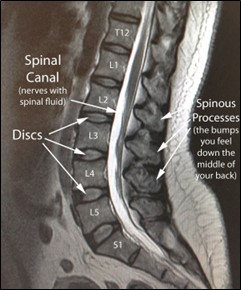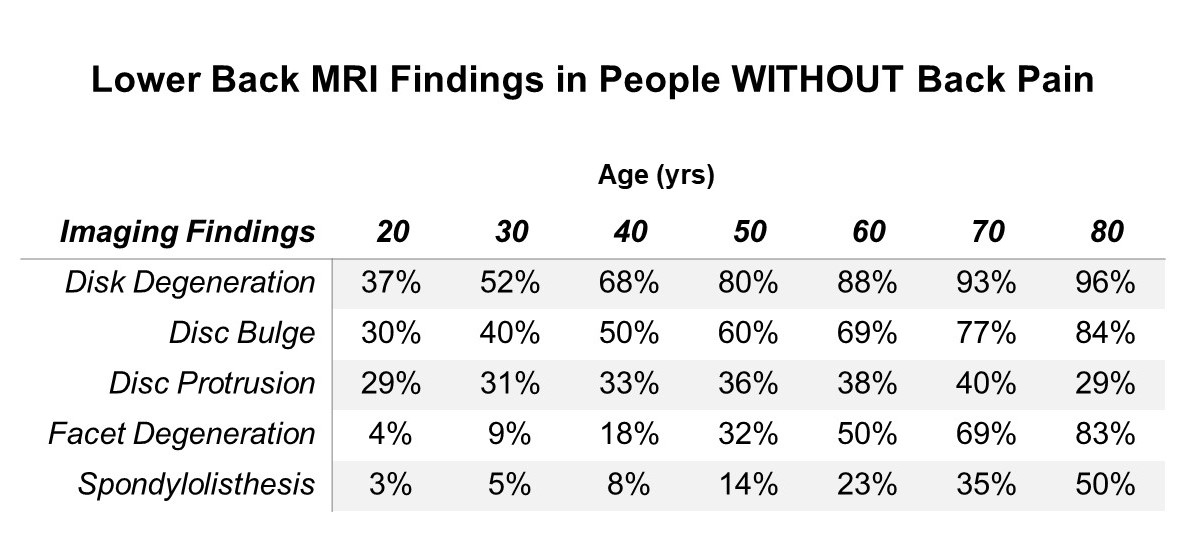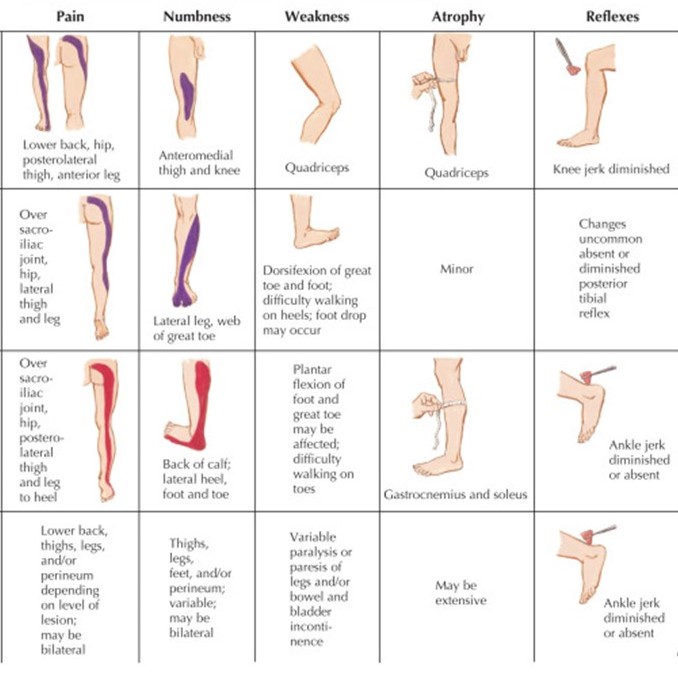
Back Pain - Do I Need an MRI?
Lower back pain continues to be one of the most costly and frustrating medical conditions in our society at large. Nearly 50% to 70% of all adults will experience back pain during their lifetime, and, at any given point in time, 12% to 30% of adults have an active back problem. Furthermore, over $80 billion is spent on the diagnosis and management of low back pain each year.1 It is no surprise that accurate diagnosis and treatment of low back pain is a major concern for healthcare professionals.
Magnetic resonance imaging (MRI) is a medical imaging technique used in radiology to capture pictures of the anatomy and physiology of the body.

MRIs are used to assist physicians in the diagnosis of injuries and illnesses. In this article, we will discuss when you should receive a MRIs, common MRI findings in the asymptomatic population, and why you should or shouldn’t expect to receive an MRI the next time you see your healthcare provider for lower back pain.
Healthcare professionals often hear their patients make statements such as, “I’ve had back pain for years. I don’t know what caused it. I think I need an MRI.” However, physicians, physician assistants, physical therapist, and other healthcare providers understand that advanced imaging is not appropriate for everyone with lower back pain. In fact, research has repeatedly demonstrated that MRI, for most patients complaining of lower back pain, does not improve treatment outcomes and should only be ordered for specific patients. The latest evidence-based medical recommendations advocates imaging studies be ordered only when signs or symptoms suggest the presence of a serious underlying condition. These signs or symptoms include, but are not limited to, pain and numbness below the knee, muscle weakness, muscular atrophy, difficulty controlling bowel or bladder movements, or numbness and tingling in the groin region.
One of the most discussed causes of back pain is “disc degenerative disease” or a “bulging disc.” Although these are commonly diagnosed back injuries, it may not be the source of back pain. Imaging results may reveal incidental findings. Research consistently shows, most people without lower back pain have disc degeneration, bulges, or other abnormal findings (see chart below). Some of the reasons for these findings are the normal aging process, high levels of physical activity, or occupation.

Chart – “Abnormal” MRI Findings in an Asymptomatic Populations
Now that you have a better awareness of when you should receive a MRI and common incidental findings, let us briefly discuss what you can expect the next time you seek medical care for lower back pain. First, your primary care provider will ask you a series of questions to determine if a serious underlying pathology exist. Next, he or she will perform a physical examination to determine if you have any significant signs, including but not limited to those signs illustrated in the picture below. Finally, your medical provider will determine if imaging is appropriate for you. Initial treatments such as activity modifications, medications, exercise, or physical therapy may also be prescribed.

To summarize, lower back pain is one of the most common reasons people seek medical care. While numerous options are available to treat lower back pain, in most cases an MRI does not lead to improved treatment outcomes. Nevertheless, if your physician or physical therapist suspects you have a condition in which an MRI is warranted it will be ordered immediately.
Ask your primary care provider or physical therapist if you have any questions regarding appropriate treatment or imaging for your low back pain.
Reference:
1. Davis MA, Onega T, Weeks WB, Lurie JD. Where the United States spends its spine dollars: expenditures on different ambulatory services for the management of back and neck conditions. Spine. 2012;37(19):1693-1701.
2. Flynn TW, Smith B, “Appropriate Use of Diagnostic Imaging in Low Back Pain: A Reminder that Unnecessary Imaging May Do as Much Harm as Good.” Journal Orthopedic Sports Phys Ther 2011;41(11):838-846.
3. Brinjikji W, Luetmer PH, Comstock B, et al. Systematic literature review of imaging features of spinal degeneration in asymptomatic populations. American Journal Neuroradiology. 2015;36(4):811-816.
